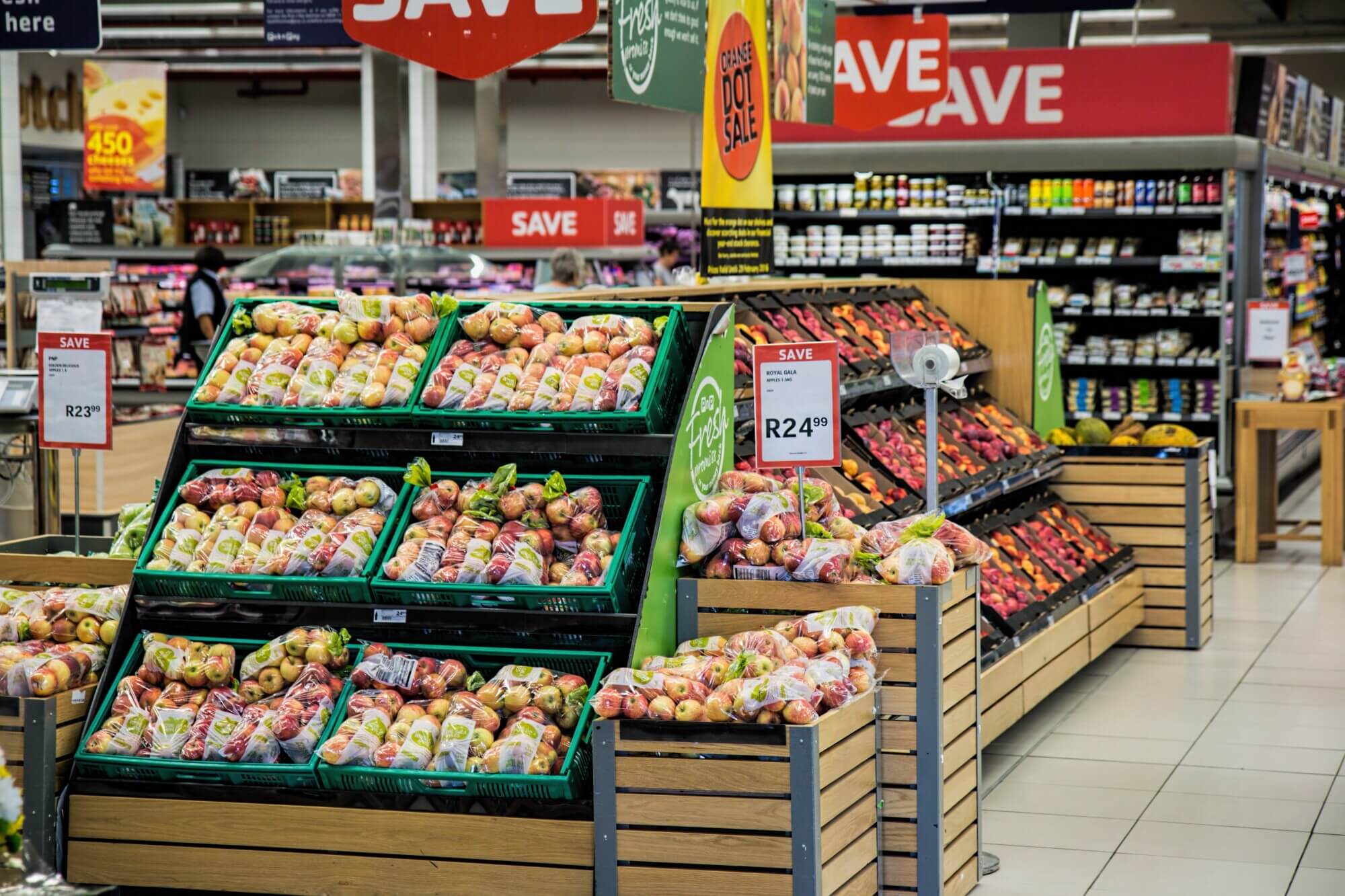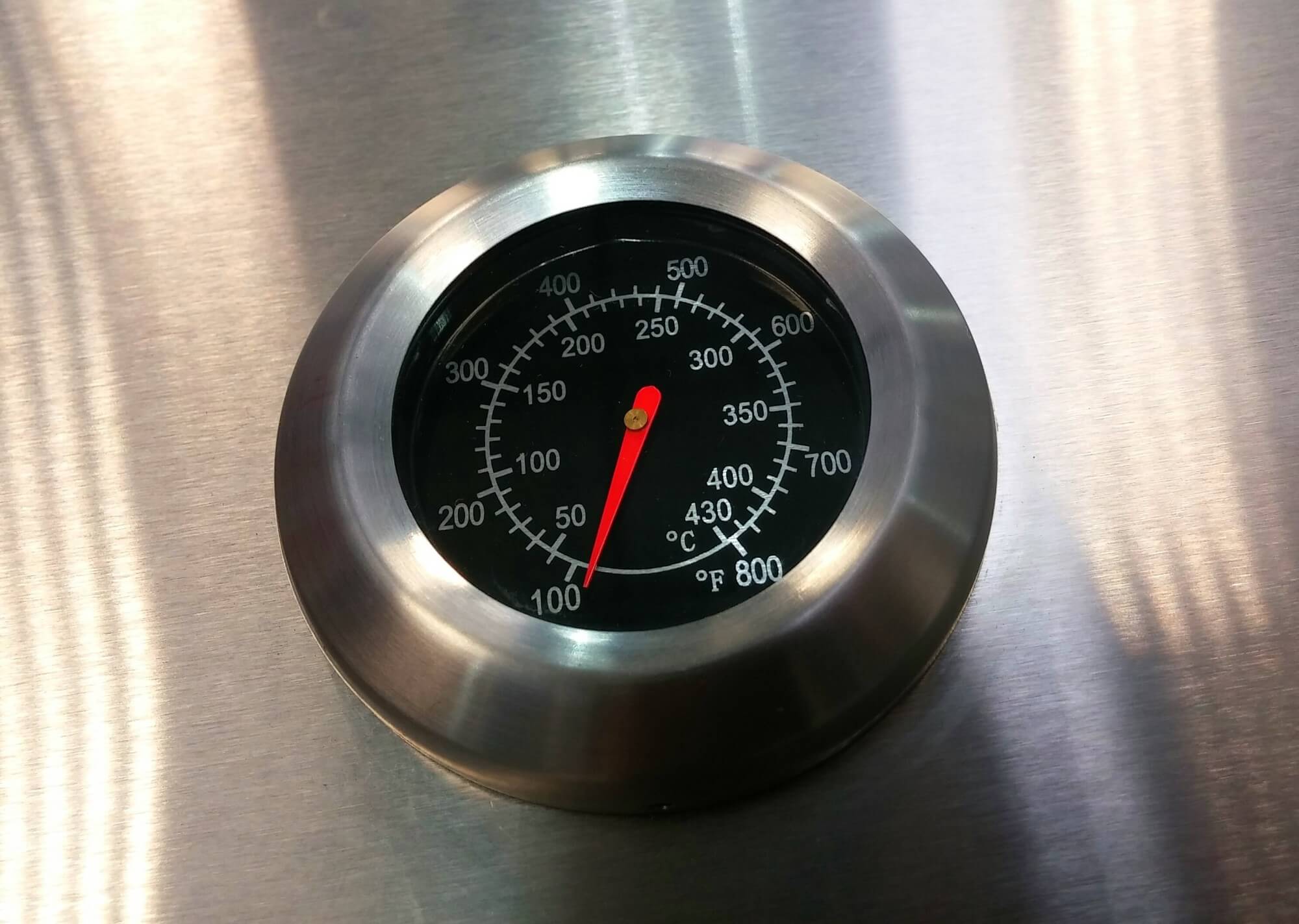
April 2, 2021
Grocery Temperature Monitoring: How Your Food is Kept Safe
Without temperature monitoring, the foods you buy at your local grocery store would be hotbeds for dangerous bacteria. The kind of bacteria that can lead to serious illnesses and multiple infections. Fortunately, there are food safety standards in place at every step of the production chain to minimize risks. This is true at grocery stores
Read More
March 29, 2021
Food Safety Temperature Monitoring – How to Avoid Safety Violations
Temperature monitoring is an essential part of maintaining the quality of any product affected by a shift in temperature. For vaccine distribution, that means keeping temperatures low in transit. In food distribution, it can mean something entirely different depending on the circumstance. Monitoring food safety temperature should be done at all stages of a product’s lifespan.
Read More
December 21, 2018
Using a Wireless Temperature Monitoring System For Your Restaurant
Talk to anyone who knows anything about food and they’ll tell you that bacteria can run wild between 40° and 140°. If you leave your food within this threshold, there’s no telling what can happen to it or what you’ll end up serving customers. You need a wireless temperature monitoring system to ensure that you keep
Read More
December 14, 2018
How to Build Your HACCP Plan
Almost 50 million people in the U.S. get sick with food poisoning each year, and 3,000 people actually die from it. However, you can help prevent food poisoning in your industry, and a HACCP plan can help. With these plans, every step from production to finished product is covered. Forming a plan ensures that your team is all
Read More
February 11, 2015
SensoScientific Gears up for the NAFEM Show
Innovation in the Food Industry Pioneering technology in the medical, life science, and food industries is the name of the game for SensoScientific. As the team gears up to showcase their latest food and safety management system called the HACCP Master® at the NAFEM Show, the excitement is already building. The food industry is evolving, and
Read More